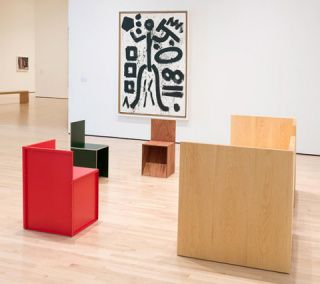Minimalism is a popular art movement that developed in the late 1950s and early 1960s. During this period, the art world saw a major transition particularly amongst younger artists whose works began to actively reject and move away from abstract expressionism.
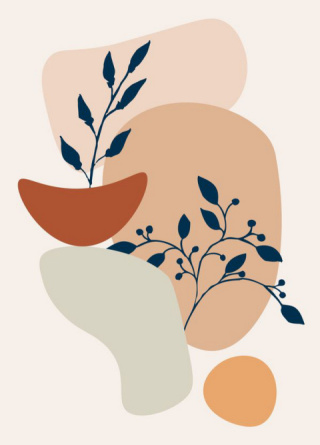
The art movement was truly ground-breaking for its time, as it saw artists focusing on highlighting the very true essence of the medium and material to form the art itself.
Considered an extension of abstract art, minimalism removes all essential forms in order to expose the purity and beauty of the art object.
It is a genre that has been widely associated with conceptual art, which during the 1960s, was extremely radical in that it challenged pre-existing structures of making, viewing, and understanding art.
With minimalist artists focusing primarily on the surface of the canvas and the aesthetic quality of materials, their works have been closely linked with notions pertaining to truth and honesty. Artist’s did not pretend to represent anything other than what it was.
The movement constitutes of a school of abstraction devoid of personal expression – or at least where personal expression is kept to a minimum. Geometric lines meet a tangent of utmost simplicity, and forms deliberately lack expressive content.
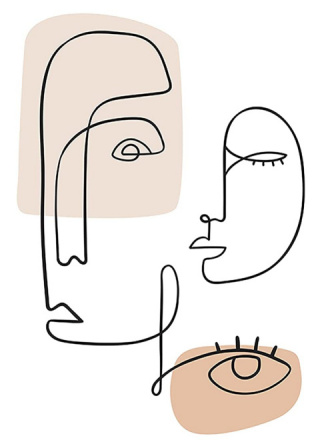
By the late 1950s, there was a stark change in attitudes towards painting and sculpture that saw a marked deviation from the emotive and physical sensibilities that characterised much of the Abstract Expressionist movement in the 1940s and 50s.
In contrast to the loose and gestural works of Jackson Pollock, Willem de Kooning, and Franz Kline, younger artists in turn started to favour sleek, simple, and reductionist techniques in their works as opposed to the active and spontaneity that constituted abstract expressionist painting.
Minimalism was ground-breaking because it removed all forms of self-expression and individuality – something that was unlike any previous art movement. Through the removal of decorative, figurative, and representational elements, minimalist art focused on the textural and material elements in a pure abstract form.
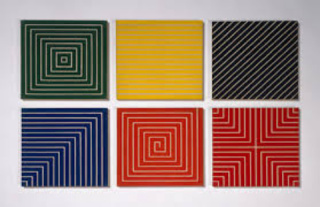
Minimalism rose to prominence in the early 1960s, rather soon after Abstract Expressionism dominated the 50s. Overarching motivations for Minimalist artists and the necessity for its movement consisted of their disdain towards how abstract expressionist art reflected too much of its creator; they felt these works were pretentious, unnecessarily personal, yet unsubstantial in subject and context. As such, they turned towards the polar end of this spectrum, creating works that attempted to be wholly objective, inexpressive, and non-referential.
In an effort to contrast emotive canvases that abstract expressionism trademarked, Frank Stella (formerly an abstract expressionist), created his “Black Paintings”; these paintings still define him to this day. Stella, one of the first artists to be specifically linked to minimalist art, was instantly acclaimed for this series. At only 23 years of age, he presented four of his ‘Black Paintings’ at the Museum of Modern Art in New York. This series eventually grew to include two-dozen large-scale canvases, with each comprised of “concentric bands or stripes” in black house paint on raw canvas, “at once stark, deadpan, rigorous, imposing, velvety – diagrammatic but also tactile”.
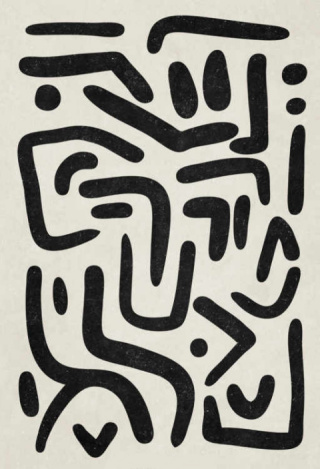
A key point for the minimalist art movement was additionally the group exhibit entitled ‘Primary Structures’, that featured works by Dan Flavin, Sol LeWitt, Robert Morris, Donald Judd and Tony Smith. Held at the Jewish Museum in New York in 1966, this exhibit turned out to be a critical and media success.
The artworks that made up this exhibition comprised of bare, almost naked materials with smooth and shiny surface. It provoked the train of thought that the artist need not be a “maker” of art, as the artworks were not made with their own hands, but rather instigated an “artist as designer” tag.
Mark di Suvero, an artist who participated in this exhibition, famously remarked, “Donald Judd cannot qualify as an artist because he doesn’t do the work”, to which Judd replied, “The point is not whether one makes the work or not… I don’t see… why one technique is any more essentially art than another…” What this exhibition then gave way to was this new way of expressing ideas and space (sans any actual personal expression) that did not rely on the artist, but instead the final result.
Across the realm of artists, architects and designers who partook in the minimalist art movement, the one key aspect they were targeting was that of wanting viewers to have immediate, absolute, and purely visual response to their work. They believed that with this visual response came a personal connection and experience with their works, allowing them to engage with its qualities of colour, form, space and medium. They wanted to detract viewers from the whole “oh this looks akin to a __” trajectory and mode of viewing art, and instead de-mystify works to their most basal entity.

Minimalism has influenced a whole wave of contemporary artists such as Peter Halley, Lorenzo Belenguer, and Sherrie Levine, who are often regarded as Neo-Minimalist or Neo-geo artists. These individuals used the foundations of minimalism to criticise what Peter Halley saw as the ‘geometricisation of modern life’.
Minimalism had an immense influence in the history of modernism for it was a movement that introduced a new way of looking, creating and experiencing works of art. What was greatly impactful about the minimalist philosophy, was that it was a style that completely glorified simple, and essential elements of line and form, which has today importantly translated into music, interior design, graphic design, and architecture. People today have even gone so far to adopt the foundations and attitudes of minimalism as a way of living life.
Minimalism is an open and easy starting point for anyone interested in starting an art collection. More is not always better, and this lies at the very core of the minimalist concept. This is why minimalist art is so powerful. The work itself enables one to focus on the most essential and elemental aspects of an object in a way that does not rely on the personal expression or particular view of the artist. Minimalist art can come in a variety of forms: painting, sculpture, print, photography, design and much more – there are plenty of options when thinking about incorporating such works into your collection or home.
There are various types and forms of minimalist art, and adding monochrome works can also help to neutralise a space, whilst introducing dimension and clean geometric lines into the home. Minimalist artwork can bring a sense of calmness and add an element of texture in any living space.
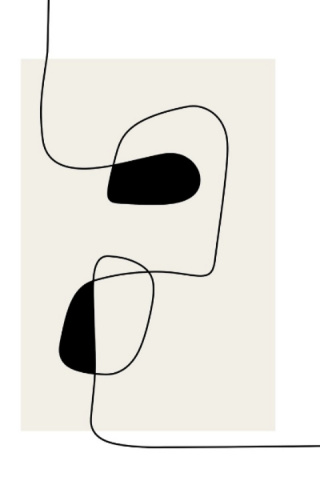
Minimalism is one of the most versatile styles of art. What is great about this is that you can mix and match minimalist art with other works, such as photographs, figurative paintings or landscape pieces. The clean lines, reductive, simplicity of minimalist pieces can help to bring a sense of cohesion in an office, which is important and fundamental in a working environment.
Minimalist art is a perfect addition to any home, as it can add colour and vibrancy into any room without being overtly representational or obtrusive. The simple, hard-edged, geometric forms of minimalism do not necessarily mean that such works are bland. Quite the opposite actually. Minimalist art can add a sense of rhythm and repetition within a space, and create a fluid flow within the room.
© Preems

